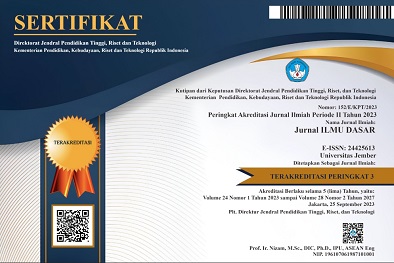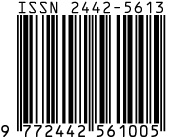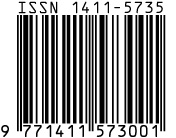Guidelines For Authors Guidelines For Authors
About The Journal About The Journal
Focus and Scope Focus and Scope
Guideline for Reviewer Guideline for Reviewer
Online Submission Online Submission
Make Submission Make Submission
Publication Ethics Publication Ethics
Open Access Policy Open Access Policy
Copyright Notice Copyright Notice
Publication Charge Publication Charge
Journal History Journal History







